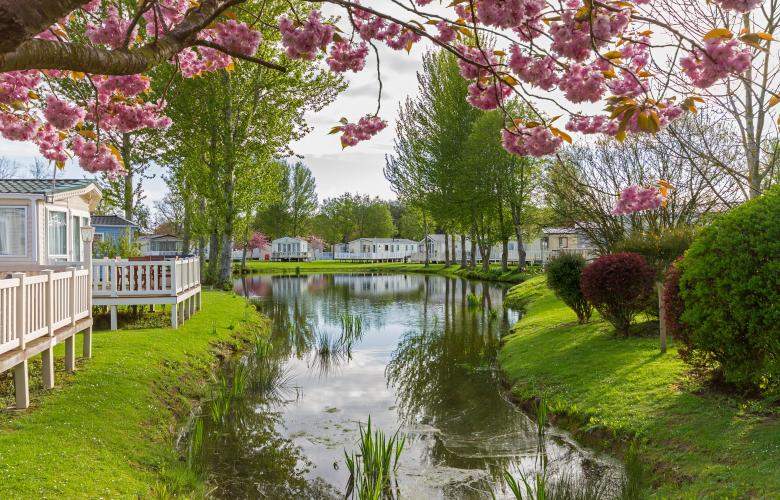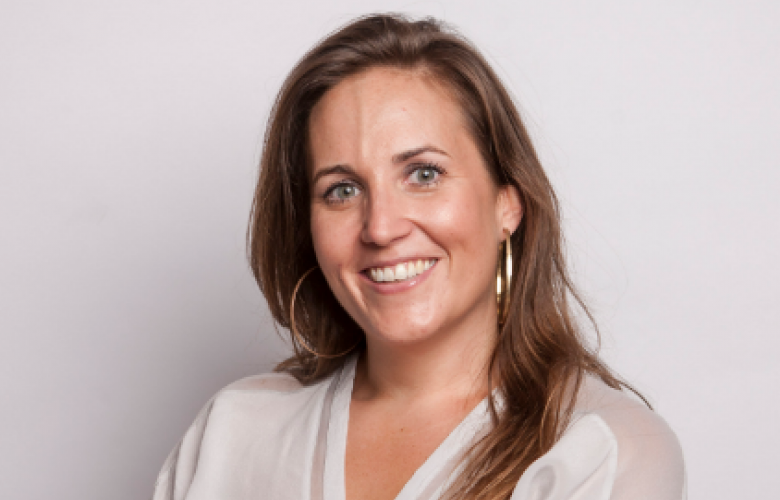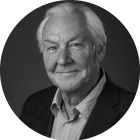Manufactured housing estate sector on the rise
Contact
Manufactured housing estate sector on the rise
Trudy Crooks, National Sales Manager of Resort Brokers Australia has no doubt that Manufactured housing estates (MHEs) are on the rise in Australia.
Markets are propelled by all sorts of factors. Broadly though, it is a combination of economic and social influences that affects demand for certain types of property. Right now, those forces are driving what Trudy is convinced will be one of the biggest growth markets of the next decade – MHEs.
Manufactured housing estates (MHEs), as a concept, is still in its evolutionary phase in Australia. But Crooks has no doubt it is firmly on the rise. Two major issues for our country – housing affordability and an aging baby-boomer population bubble – are principal catalysts. Both received attention and plenty of airplay in the May Federal Budget. And both are directly related to the emerging MHE sector.
According to a recent report (Healthcare and Retirement Living Research & Forecast Report 2016, Colliers International), the number of Australians aged 65 years and above will more than double from 3.6 million to 8.5 million between 2015 and 2055.
Along with that, the demand for affordable housing options and alternatives to traditional retirement villages will also grow. Some forecasts say retirement-led demand for MHE dwellings could surge to 50,000 extra units in the next decade.
At the same time, housing affordability is an increasing concern for the broader community, particularly for hopeful first homebuyers trying to get a foothold on the property ladder. Budget initiatives targeted at these dual concerns included:
- releasing additional Commonwealth land for housing development,
- encouraging seniors to downsize through superannuation concessions (ability to add non-concessional $300,000 into super from the sale of their home), and
- lifting the capital gains discount by 60% for investments in affordable housing, providing an incentive for the development industry to invest in this area.
All of these will help further drive the already growing MHE sector. There are currently around 200 MHEs in Australia with an estimated asset value of $2.6 billion. They account for only a tiny proportion of the total caravan park and mixed-use parks sector, numbering approximately 2,500 parks.
Corporate Groups are on the Acquistion Trail
Historically the domain of private / family operators and local councils, the caravan park sector is now a target for corporate groups with aggressive acquisition plans.
In the early 2000s, Perth-based listed Aspen Group and the private Adelaide-based Discovery Holiday Parks began buying out mum-anddad operators. Primarily focused on the holiday market, they elevated the caravan park offering to more up-market tourist resorts, with deluxe cabins, ensuite sites and a raft of leisure and entertainment facilities.
In the retirement space, major players include Lifestyle Communities, Ingenia Communities Group, and Gateway Lifestyle Group.
They pursue acquisition of existing caravan parks and mixed-use parks because appropriate zoning is already in place. But, as the sector grows, they are also now chasing greenfield sites for MHE development.
Retirees are the primary target market for operators. Acting in their favour is the fact that MHEs fall under regulations different from retirement villages, operating in the same regulatory environment as the caravan park industry out of which they grew.
Residents of MHEs – or ‘land lease communities’, as they should be more properly called – own their own factory-made homes. They pay a ground rent to the estate operator, which can make them eligible for Commonwealth rent assistance (unavailable to retirement village residents because they don’t ‘rent’).
If a manufactured house owner chooses to leave the community, they can generally just sell their home to an incoming purchaser, who then takes on the land rental.
Retirement villages, on the other hand, have diverse and often complex contractual models involving loan/ licence or loan/lease agreements, ‘incoming contributions’, service and maintenance charges, and exit fees (also known as a deferred management fee).
Large, Fast-Growing Target Markets
MHEs are increasingly popular not only because they are cheaper and more simple, but because they provide high levels of resort-style amenities, ranging from swimming pools and tennis courts to RV parking, gyms, hair salons, cafes and clubrooms. Lifestyle is a major driver for the sector.
Another key point is that affordable housing and lifestyle needs are not limited to retirees. Earlier this year, the Queensland AntiDiscrimination Commissioner decided that the shortage of affordable housing means the option offered by MHEs should not be restricted purely to older Australians.
While many MHEs do market themselves as ‘over-50s’ communities, few actually have legal permission to do so. And I can certainly see potential for growth of MHEs as affordable permanent housing solutions for a younger demographic.
The perception of MHEs as a low socio-economic option is changing as the new estates become more lifestyle focused, with higher quality factorybuilt homes that resemble bricks and mortar houses.
High-Yielding, Capital Light Investments
For investors and operators, there is plenty to make MHEs very attractive. Once sites are leased, they offer stable, ongoing income streams, frequently underpinned by government rental assistance. Development is low-risk and capital light, with attractive returns and CPI-indexed cash rents. Sites, often in prime coastal locations and on the outskirts of metropolitan centres, represent land banks with cashflow.
Little wonder, as the market evolves and matures, MHEs are an asset class increasingly being sought by funds and investment syndicates.
The market is strong. Recently, for example, Resort Brokers has sold the Tween Waters Holiday Park at Merimbula to Aspen Group and Jacaranda Tourist Park at North Haven to Gateway Lifestyle, deals with a combined total approaching $15 million.
Resort Brokers Australia has also been working with a large NSW regional council, which owns a greenfield site where a major operator is keen to develop a park. That council, recognising the demand, is currently going through the process of land rezoning and reclassification to permit park use.
And other councils are keen to pursue similar options for suitable underutilised land. RBA see huge opportunity for the owners of existing caravan and holiday parks, as well as for anyone owning suitable land near an urban or coastal centre (zoned residential with permitted or potential permissible use for a caravan park or MHE).
For greenfield land, gaining development approval can typically cost between $100,000 and $200,000. A parcel of eight to 10 hectares can accommodate around 170-200 manufactured home sites.
With approvals in place, that land could be sold for $25,000 - $40,000 per site, or up to $8 million. Definitely a market worth exploring.
Learn more about Resort Brokers Australia.
See also:
Get to know Trudy Crooks of Resort Brokers Australia
Hotel investment dominated by Australia and Hong Kong during first half of 2017








